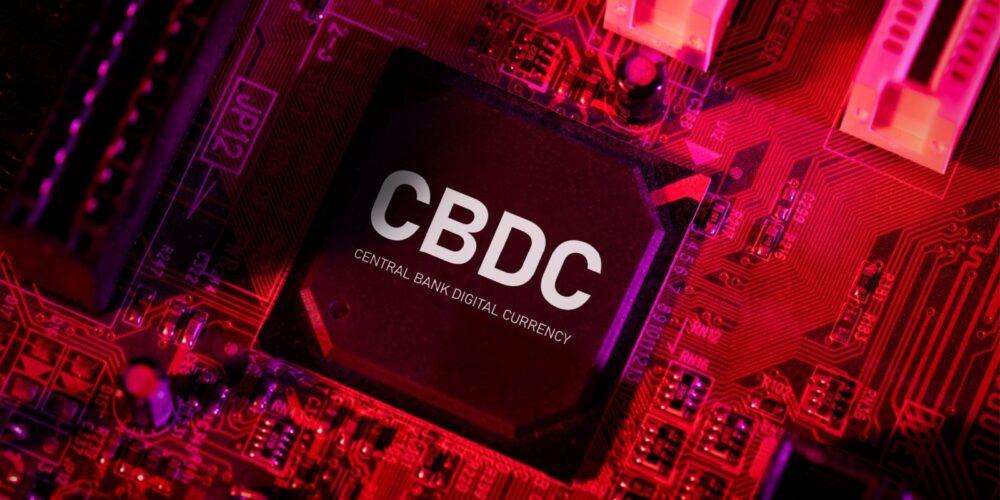India is gearing up to revolutionize its digital currency landscape with the introduction of the Asset Reserve Certificate (ARC), a unique digital token that will be fully collateralized and pegged 1:1 to the Indian rupee. Developed through a strategic partnership between blockchain giant Polygon and the innovative fintech firm Anq, this groundbreaking project aims to launch in early 2026. With goals centered around safeguarding capital, supporting public debt demand, and enhancing financial inclusion, ARC stands as a promising addition to India’s economic framework.
Overview of the ARC Token
The ARC represents a significant evolution in the Indian digital finance ecosystem. Unlike speculative cryptocurrencies, ARC is a regulated digital asset, intricately designed and fully backed by government securities such as G-Secs and Treasury Bills. This structural integrity aims to offer stability, transparency, and adherence to regulatory standards, making it a trustworthy option for investors hesitant about the volatility often associated with cryptocurrencies.
A person familiar with the development conveys the intent behind ARC, stating,
“This is not another crypto coin. It’s a sovereign-backed digital instrument.”
This distinct positioning aims to underline that ARC functions not solely as a currency but as a strategic tool for enhancing India’s economic stability and resilience.
Design and Collateralization
At the heart of ARC’s design is a robust collateralization system ensuring that each token is minted only after issuers acquire cash or cash equivalents. This safeguards the 1:1 peg to the rupee, ensuring full redeemability at par, providing holders with added confidence in the value of their assets. The backing of fixed deposits, securities, or cash balances enhances transparency and safety, crucial elements in the arena of digital finance.
The ARC system also operates within a two-tier structure, wherein the Reserve Bank of India’s (RBI) Central Bank Digital Currency (CBDC) serves as the ultimate settlement layer, thereby preserving monetary sovereignty. This design allows for a safe interplay between a government-backed digital currency and private-sector innovation, marking a significant step towards evolving digital financial instruments in India.
Purpose and Economic Impact
The primary objective of the ARC is to curb the outflow of Indian liquidity towards dollar-backed stablecoins and instead foster demand for domestic investments. By channeling funds into government securities, ARC not only strengthens the value of the rupee but potentially reduces the government’s borrowing costs, creating a win-win scenario for the economy.
A participant in ARC discussions emphasizes this utility, remarking,
“It gives you the utility of a stablecoin but without the volatility or foreign exposure.”
This intention to mitigate risk while providing a functional digital currency reflects a deep understanding of current economic challenges and the demand for stable financial products among users, from businesses to everyday individuals.
Regulatory Framework and Compliance
ARC is set to navigate the complex landscape of financial regulation in India through its conscientious design. It complements the RBI’s CBDC in a “Twin-Rupee” architecture, wherein the private sector manages the ARC for efficient, programmable transactions while adhering to strict compliance protocols. By limiting token minting to business accounts and employing Uniswap v4 hooks to restrict access, the model ensures that all transactions fall squarely within India’s legal and financial frameworks.
This careful structuring aligns with India’s existing partial convertibility and Liberalised Remittance Scheme, aiming to protect economic stability. By creating a structured environment for ARC, the developers not only advance India’s digital currency agenda but also safeguard the country’s existing regulatory landscape, inviting investor confidence while driving innovation.
Development Timeline and Global Context
The tentative launch of ARC is slated for the early months of 2026, subject to regulatory readiness and infrastructure development. This timing positions India strategically in a global context where the trend towards dollar-backed stablecoins is gaining momentum. By introducing the ARC, India aims to ensure that it remains competitive in the evolving tokenized currency race, which is marked by increasing challenges for emerging markets.
With Polygon’s established credibility—having provided tokenization frameworks for several major firms like BlackRock—combined with Anq’s in-depth understanding of India’s regulatory nuances, the ARC project seeks to lay a strong foundation for a digital currency that resonates within a compliant and growth-oriented financial ecosystem.
Future Prospects: A Digital Revolution Awaits
The ARC project has the potential to redefine how digital currencies operate within India while ensuring compliance, stability, and accessibility. As it prepares for its 2026 launch, discussions surrounding ARC are igniting interest in not only how it can address economic challenges but also how it may pave the way for future innovations in digital finance. If successful, the ARC could solidify India’s position on the global stage of tokenized money, aiding in deepening bond markets while simplifying remittance processes.
In a world where financial solutions increasingly lean toward digital formats, the ARC token offers a refreshing perspective—a sovereign-backed, reliable digital currency that champions the principles of financial inclusion and stability in an ever-evolving economic landscape. As India stands on the brink of this digital revolution, all eyes will be on the implementation of the Asset Reserve Certificate and its impact on the nation’s financial future.





